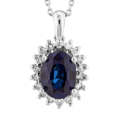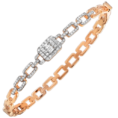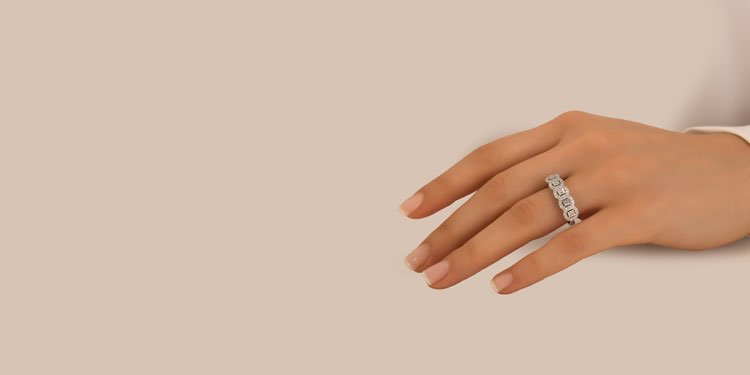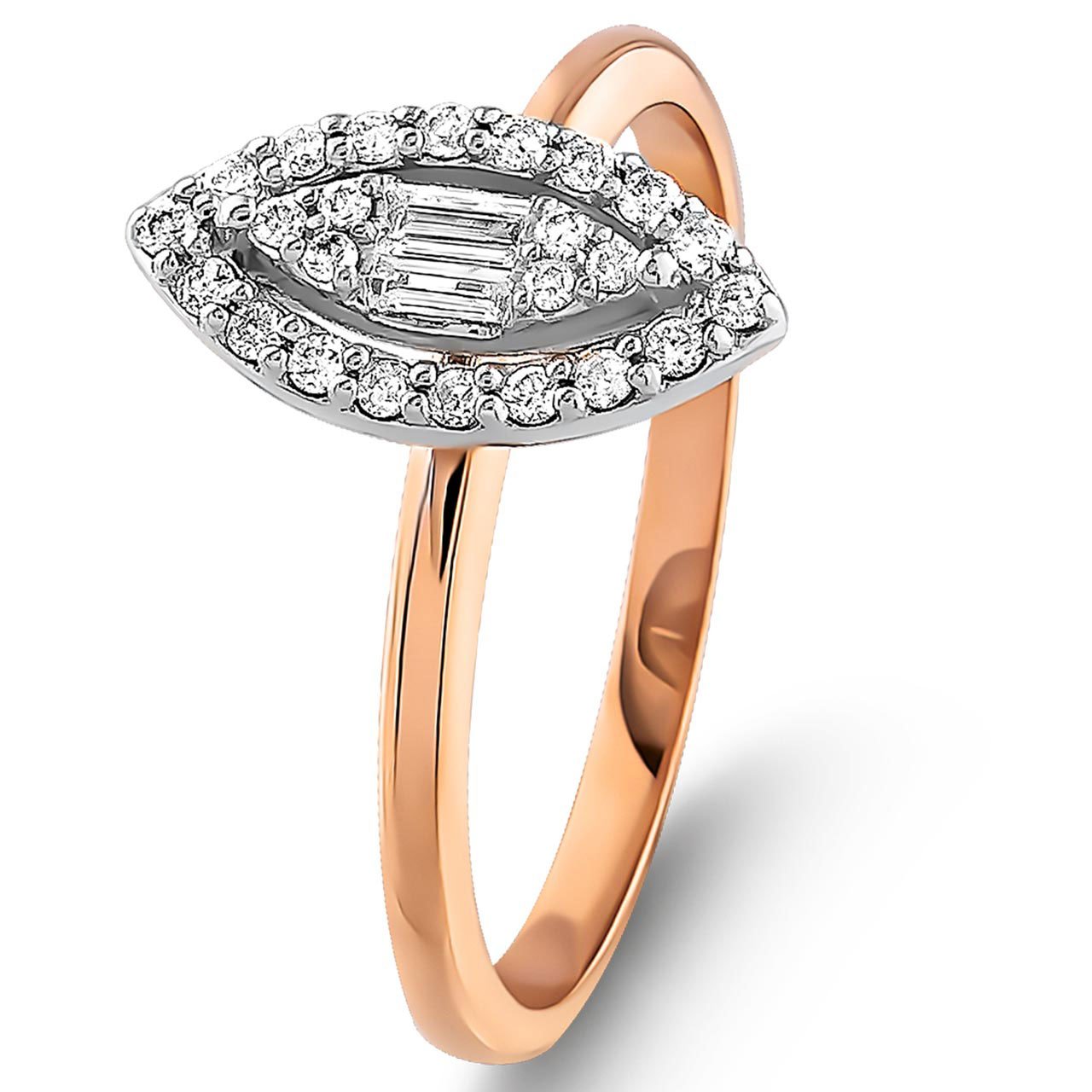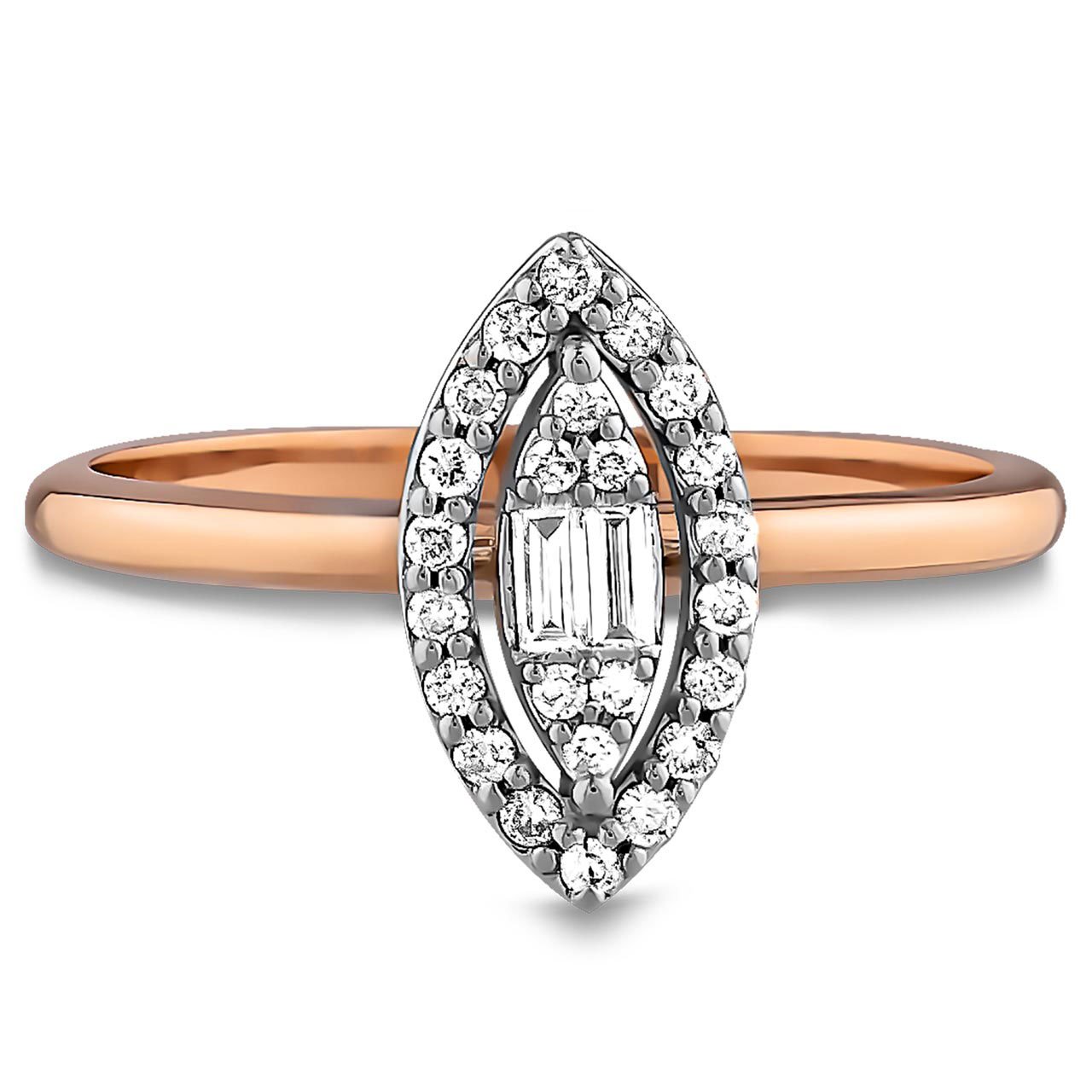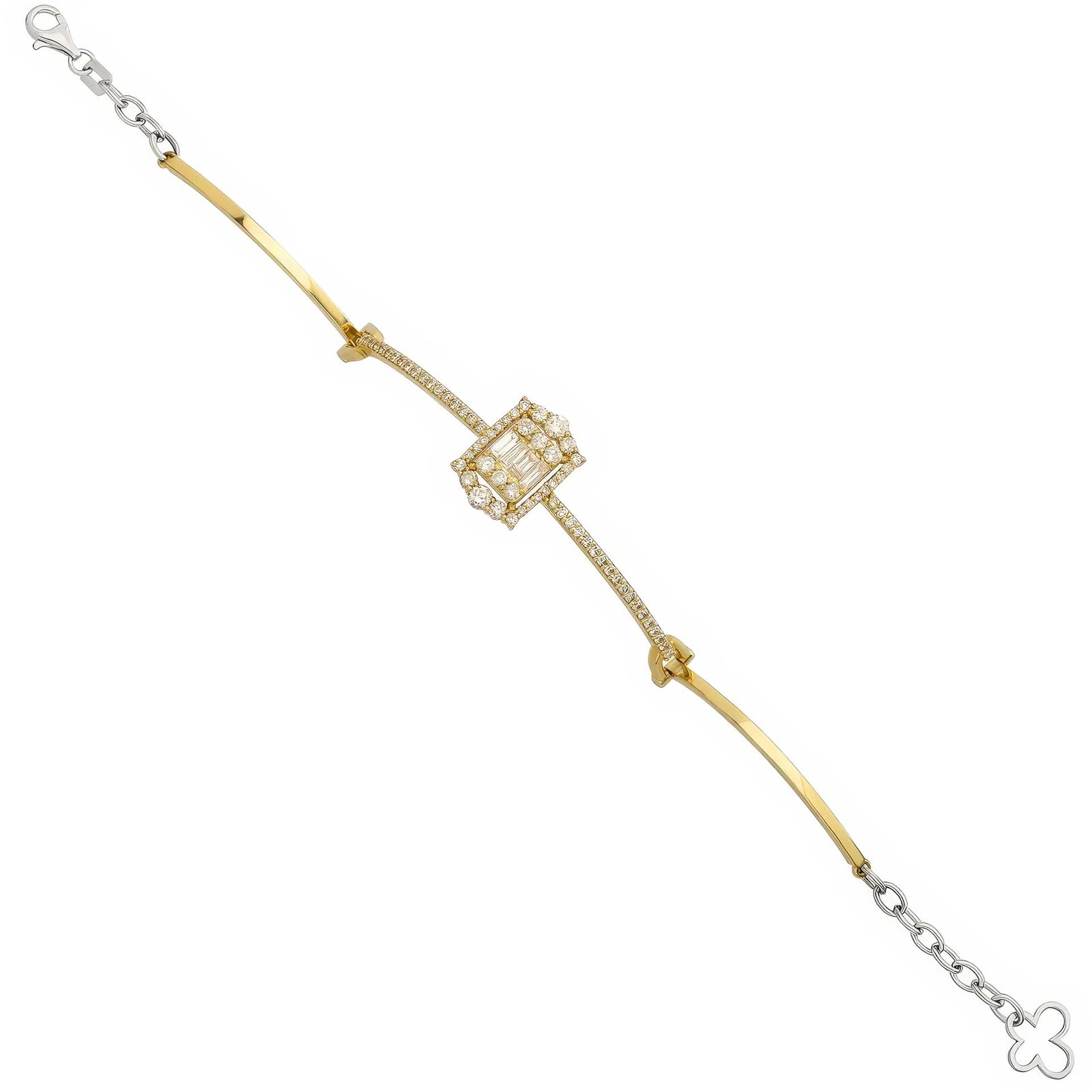Diamond Box Absolutno
$0.00
Absolutno Gold Carat Weight Carat Stone Color Stone Purity
| Brand |
Diamond Box |
|---|

Diamondbox is Casa De La Joya Brand
Casa De La Joya is one of the world's leading diamond producers. We provide jewelry design and production services all over the world.
Casa De La Joya products are internationally certified products. You can buy our products from all over the world.
Casa De La Joya is renowned for producing some of the most valuable investments in the realm of fine jewelry, particularly diamonds. Founded in 1985, this establishment has revolutionized the diamond and engagement ring market by emphasizing innovation and trust.
Their collection features exquisite diamond jewelry, including rings, earrings, bracelets, and necklaces, all crafted with the utmost precision and care. The diamonds are sourced from reputable suppliers, ensuring that each piece not only possesses aesthetic beauty but also retains significant value over time.
Investing in diamonds from Casa De La Joya is not just about acquiring jewelry; it is about securing a tangible asset that can appreciate in value. The brand's commitment to quality and customer satisfaction has made it a trusted name in the industry, attracting clients from around the globe.
Moreover, with worldwide free delivery, Casa De La Joya makes it convenient for customers to invest in their stunning pieces without geographical limitations. Whether you are looking for a timeless engagement ring or a unique piece of jewelry to add to your collection, Casa De La Joya offers options that are not only beautiful but also serve as valuable investments for the future.


jewelry safely internationally
All Jewelry is delivered to any point in the world quickly, on time and reliably.
Casa De La Joya is one of the world's leading diamond producers. We provide jewelry design and production services to the whole world.
Casa De La Joya Global Logistics Partners

DHL Logistics
Shipping expensive products such as gold jewellery, gold chains, necklaces, luxury watches and gems internationally requires special care and attention to ensure their safe delivery.

Fedex Logistics
The FedEx Declared Value Advantage service allows eligible shippers to declare values up to $100,000 per domestic shipment and up to $25,000 to select international destinations on specialty items like jewelry, watches, watch movements, and materials intended as components of jewelry, such as pearls, precious and semi-precious stones, jewels, gold, silver, platinum, and other precious metals.


Loomis Logistics
Loomis International is the leading specialist for international valuables logistics solutions. Through a global network of Loomis branches, partners, leading suppliers and agents, we offer comprehensive solutions to handle and transport primarly precious metals and foreign currencies throughout the world.

The Brinks Logistics
Brink's is synonymous with integrity, security, and unbeatable service. We provide our customers with the highest levels of security, service, and accountability in transporting valuable goods around the world.

Ferrari Logistics
Ferrari Group is the one-stop service provider specialising in shipping, integrated logistics and high value-added services for jewellery and precious goods, worldwide.

Erbay Logistics
Adapting to the dynamics of the jewelry and foreign exchange sectors in the best way possible, Erbay brings these high standards to its customers, primarily in banking and all valuable logistics.

Our Casa De La Joya products are reliable products with international certification.
Diamond certification is a crucial aspect of purchasing a diamond, as it provides a detailed assessment of the stone's quality based on the 4Cs: carat weight, color, clarity, and cut. The most reputable certification bodies include the Gemological Institute of America (GIA) and the American Gem Society (AGS). These organizations employ trained gemologists who evaluate diamonds using precise tools and methodologies, ensuring that the grading is consistent and reliable. A diamond certificate serves as a guarantee that the diamond you are buying is accurately represented in terms of its quality and characteristics. This is particularly important because the value of a diamond can vary significantly based on its certification. For instance, a diamond graded by the GIA is generally considered more trustworthy than one graded by less reputable labs, such as the International Gemological Institute (IGI) or the European Gemological Laboratory (EGL), which are known for more lenient grading practices. When purchasing a diamond, it is essential to request the certification and review it carefully. This document not only confirms the diamond's specifications but also protects your investment by ensuring that you are paying a fair price for its actual quality. In summary, always prioritize diamonds with GIA or AGS certifications to ensure you are making a wise investment.
Diamond Certification Organizations

International Diamond Laboratory
IDL's gemstone analyses are performed by an experienced and professional team using technological devices and in accordance with globally accepted standards.

International Gemological Institute
IGI grades diamonds, gemstones and jewelry in more locations around the world than any other gemological organization

Gemological Institute of America
Gemological Institute of America (GIA) is the world’s foremost authority on diamonds, colored stones, and pearls. A public benefit, nonprofit institute, GIA is the leading source of knowledge, standards, and education in gems and jewelry.

